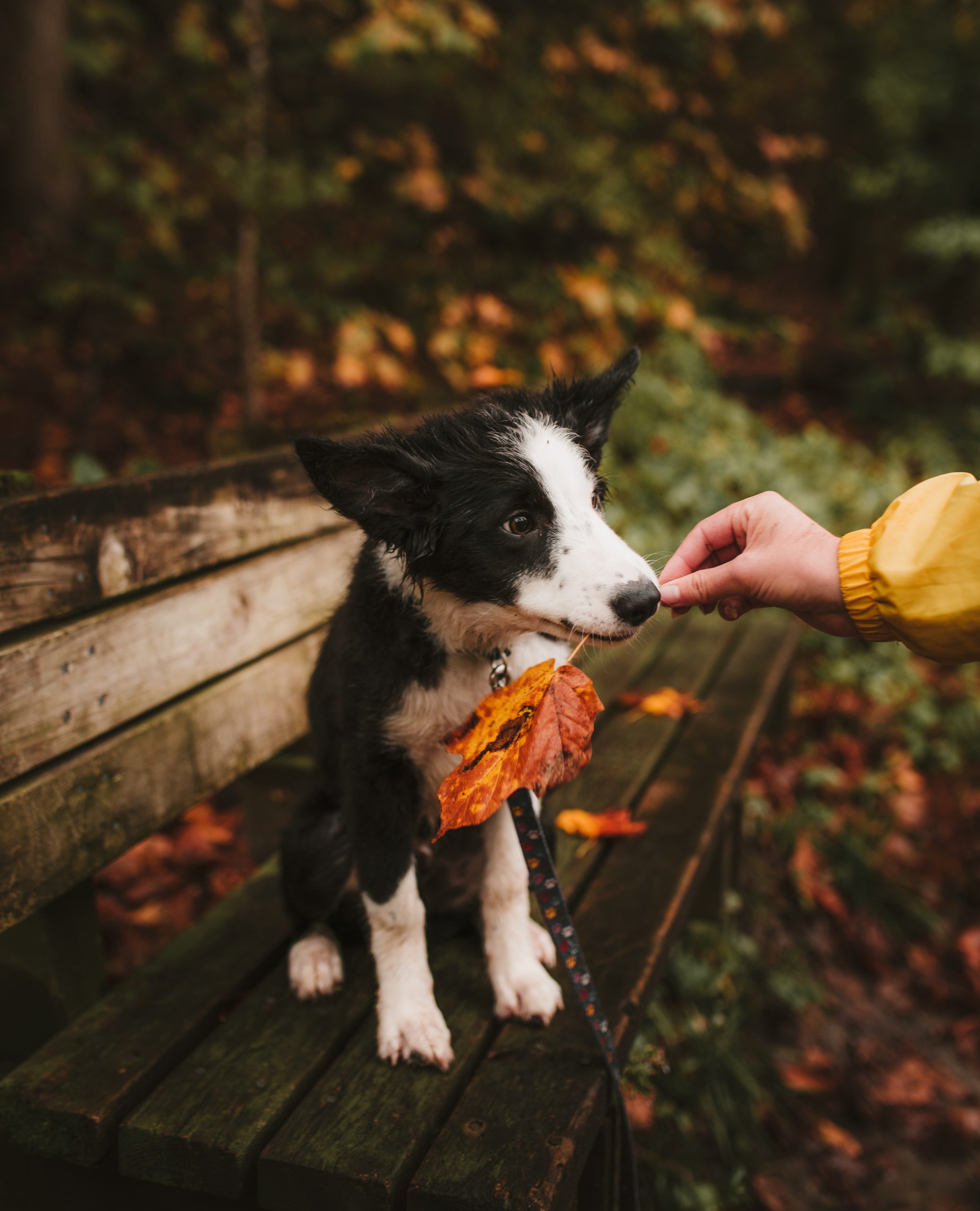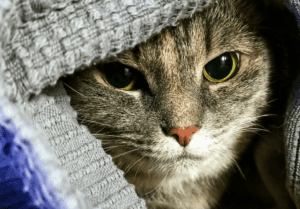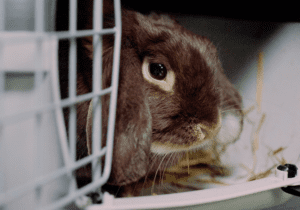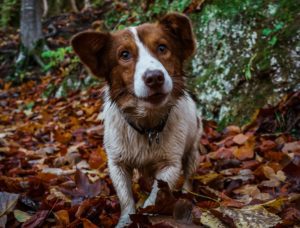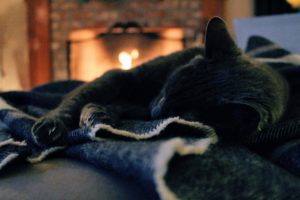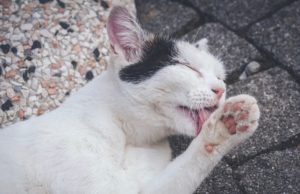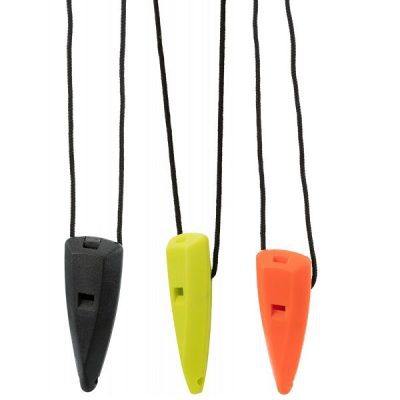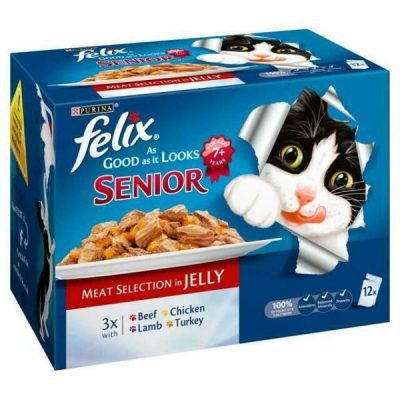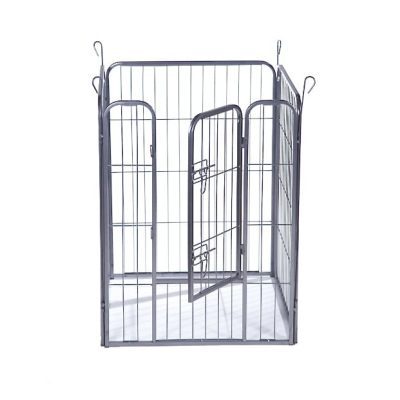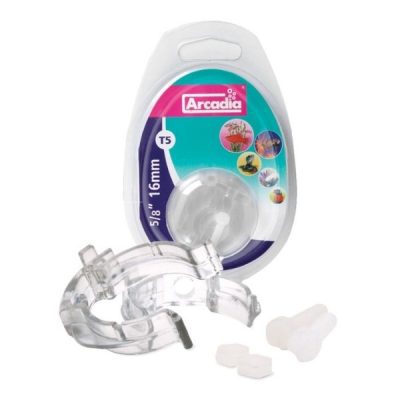How to Protect Your Pets This Autumn
The arrival of Autumn means an array of dangers for pets – here are the six main problems pets face, and what you can do to protect them and prevent issues.
Wet Weather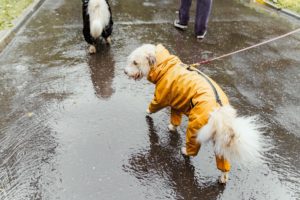
The increased rain is a particular seasonal problem for pets for a variety of reasons. It can make pets cold, so it’s helpful to dry pets off when they come in from the rain, especially if there is mud – which can also disguise sharp rocks when taking dogs on walks, so beware.
The emergence of slugs and snails is dangerous also, as they could be carrying lungworm larvae. Keep animals from eating slugs to keep the risk to a minimum. Additionally, rabbits and smaller animals like guinea pigs need to be in a secure area, so stop any leaks in their enclosures that could affect them.
Fireworks
Fireworks are a major issue for many pets, as they cause anxiety and stress inside the home. Don’t forget bonfires additionally pose a hazard to animal safety. The main ways to minimise these issues is to create a safe area where pets can hide on their own and don’t need to leave. Closing curtains to shut out flashing lights, and perhaps playing noise to cover the bangs outside, might help. As firework shows start, keep pets indoors if you know there is a local show – never take dogs to one.
You could pick up a Beaphar Calming Spray for rabbits and cats, a Beaphar Calming Spot-On treatment for cats and dogs, or a Beaphar Calming Diffuser for dogs, cats, and rabbits, if they are prone to panicking.
Cold Weather
As Autumn brings cold temperatures, care should be taken to ensure pets, especially babies, are warm enough. Be alert to signs of cold, such as shivering, lethargy, clammy or cold skin, and drowsiness, as this can mean hypothermia.
Keeping beds out of draught and raising them up, and covering hutches with blankets, will keep pets warm at night. To warm up dogs, especially shorthaired ones, consider purchasing an Ancol Parka Dog Coat, and a Scruffs Thermal Pet Bed. For cats, a Trixie Radiator Bed is a good pick, and extra bedding for small animals is the best option.
Another issue posed by the cold is that fleas and ticks need warmth to survive, and are more likely to come inside homes. Treat pets with flea and tick pipettes, such as a Bob Martin FleaClear Spot-On for cats and dogs, to prevent the spread of disease.
Natural Hazards
Avoid things that are, or might be, dangerous to pets when outdoors. Dogs and puppies should not consume Autumnal detritus like acorns or conkers, and no pet should have access to mushrooms, as unidentified fungi can pose a danger to dogs, cats, rabbits, and smaller animals. Rotten fruit can make animals unwell, so keep them away from that, too.
Because of this, keep your dog on a lead if they are on a rural walk. Know the signs of illness as well, as behaviour out of the ordinary should be concerning. If your pet consumes a mushroom, take them to the vet with a sample.
Dark Nights
In the darker evenings and mornings, cats and dogs are at risk, mainly of traffic accidents. Dogs obviously still need their exercise, so walk them in safe areas and keep your own safety in mind as well by watching the roads. It might be a good idea to keep outdoor cats inside at night, and check the microchips on your pets are up to date.
Some items you can use to combat the darkness include a reflective or illuminated collar, harness, tag, or lead, or a dog jacket, which will also keep your pooch warm. HugglePets stock the Trixie Lunas Raincoat for dogs, and many types of reflective collars, including the Go Walk Reflective Rainbow Dog Collar and lead, and the Ancol Reflective Hearts Cat Collar with a bell attached.
Poisons
The use of poisons, rodenticides, and antifreeze become more common in Autumn. But this of course means pets are more likely to access them. Cats are particularly attracted to antifreeze and its toxic constituent ethylene glycol, which can impact them quickly. Another danger that may be prevalent, particularly in October, is the liquid inside a glowstick, so keep an eye out for that, too.
To stop animals ingesting such items, ensure all of the packages and bottles are locked away securely, and any spillages are promptly cleaned up. Many pets can consume rodenticides and repellents, so if you think there is a risk of ingestion, use a different method to deter pests.
We hope that these tips are helpful in ensuring you and your pets avoid trouble and have a safe and happy Autumn.
For other blogs, click here, and to see our full range of products, click here.
For any questions, queries, or concerns, contact us on Facebook.


